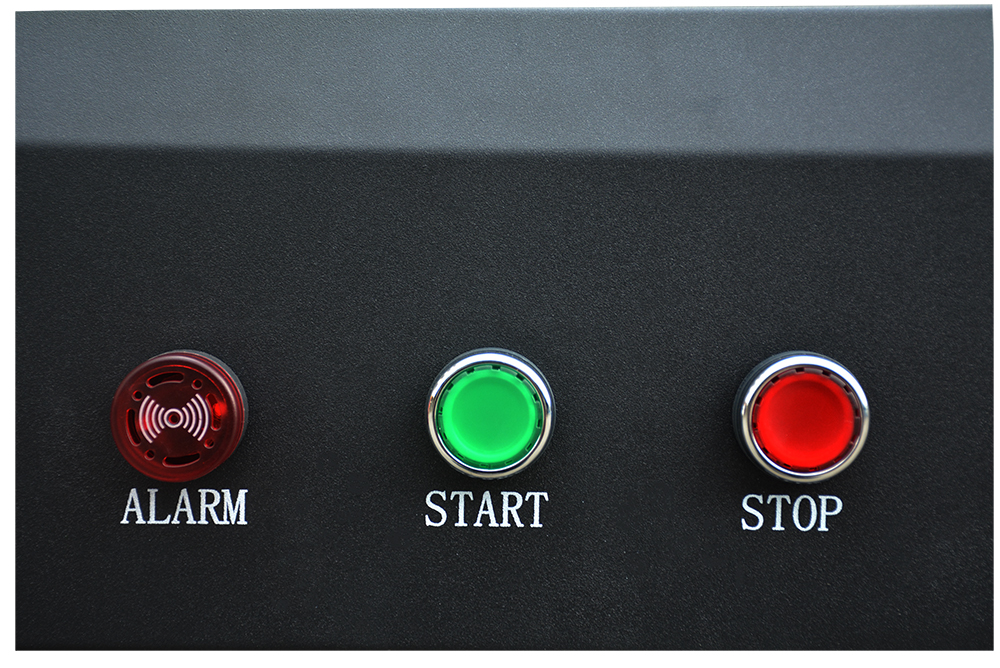How to Choose the Right UV Flatbed Printer for Your Business?
How to Choose the Right UV Flatbed Printer for Your Business?
In the realm of digital printing, UV flatbed printers have emerged as a versatile and efficient solution for businesses seeking to produce high-quality prints on a wide range of materials. These printers utilize ultraviolet (UV) curing technology to instantly dry ink as it is applied, resulting in durable, vibrant prints that can withstand various environmental conditions. Whether you’re in the advertising, signage, packaging, or personalized gift industry, investing in the right UV flatbed printer can significantly enhance your product offerings and streamline your production process. However, selecting the appropriate machine for your specific business needs requires careful consideration of several key factors. This article outlines a comprehensive guide to help you navigate the process of choosing the right UV flatbed printer for your business.

**1. Understand Your Business Needs
Before diving into the technical specifications of UV flatbed printers, it’s crucial to have a clear understanding of your business requirements. Consider the following questions:
What types of materials will you be printing on? UV flatbed printers can print on a variety of substrates, including glass, metal, plastic, wood, and more. Ensure the printer you choose is compatible with the materials you commonly use.
What is the expected print volume? High-volume businesses may require printers with faster print speeds and larger print beds to accommodate batch production.
What is your budget? UV flatbed printers can range from tens of thousands to hundreds of thousands of dollars. Having a clear budget in mind will help narrow down your options.
What level of print quality do you need? Some printers offer higher resolutions and more accurate color reproduction, which may be essential for specific applications.
**2. Evaluate Print Quality and Resolution
Print quality is a paramount consideration when selecting a UV flatbed printer. Look for printers that offer high resolutions, typically expressed in dots per inch (DPI). A higher DPI results in sharper, more detailed prints. For most applications, a printer with a resolution of at least 1200 DPI is recommended. Additionally, consider the printer’s color gamut and its ability to accurately reproduce colors, especially if you frequently work with brand colors or require Pantone matching.
**3. Assess Print Speed and Productivity
Print speed directly impacts your production capacity and, ultimately, your profitability. Faster printers can handle higher volumes, reducing the time between jobs and increasing overall efficiency. Consider both the printer’s maximum print speed and its consistent output rate under typical working conditions. Also, evaluate the printer’s uptime and maintenance requirements, as frequent downtime can significantly affect productivity.
**4. Consider the Print Bed Size
The size of the print bed determines the maximum dimensions of the materials you can print on. If you frequently work with large items, such as signboards or furniture pieces, opting for a printer with a larger print bed is essential. Conversely, if your business primarily focuses on smaller items, a more compact printer may suffice, potentially saving you on costs and space.
**5. Evaluate Ink and Curing Technology
UV flatbed printers use specialized inks that cure instantly under UV light. The quality of these inks, as well as the efficiency of the curing process, can greatly impact print durability and appearance. Look for printers that use high-quality, eco-friendly inks that offer excellent adhesion and resistance to fading, scratching, and chemicals. Additionally, consider the printer’s UV curing system. LED-based UV curing is becoming more prevalent due to its energy efficiency and cooler operating temperatures, which can prolong the life of the printer and materials.
**6. Assess Software and User Interface
Ease of use is another critical factor, especially if your team includes operators with varying levels of technical expertise. Look for printers with intuitive user interfaces and comprehensive software suites that offer features such as print preview, color management, and job queuing. Some printers also integrate with third-party software, providing additional design and workflow capabilities.
**7. Consider After-Sales Support and Service
Investing in a UV flatbed printer is a significant decision, and it’s important to choose a manufacturer or supplier that offers reliable after-sales support. This includes technical assistance, warranty coverage, and access to replacement parts and consumables. Research the company’s reputation for customer service and consider reaching out to other users for their feedback.
**8. Evaluate Total Cost of Ownership
While the initial purchase price is a significant consideration, it’s equally important to evaluate the total cost of ownership over the printer’s lifespan. This includes ink costs, maintenance expenses, energy consumption, and potential downtime due to repairs or upgrades. A printer with a higher initial cost may offer lower operating costs and better long-term value.
**9. Test Before You Buy
If possible, request a demonstration or trial period with the printer you’re considering. This will allow you to assess its performance with your specific materials and workflows, ensuring it meets your expectations before making a purchase.
Conclusion
Choosing the right UV flatbed printer for your business is a multifaceted decision that requires careful consideration of your unique needs, print quality requirements, productivity goals, and budgetary constraints. By evaluating these factors and conducting thorough research, you can select a printer that not only meets your current demands but also supports your business’s growth and evolution. Remember, investing in a high-quality UV flatbed printer is an investment in the future of your business, enabling you to produce exceptional prints that stand out in a competitive market.
